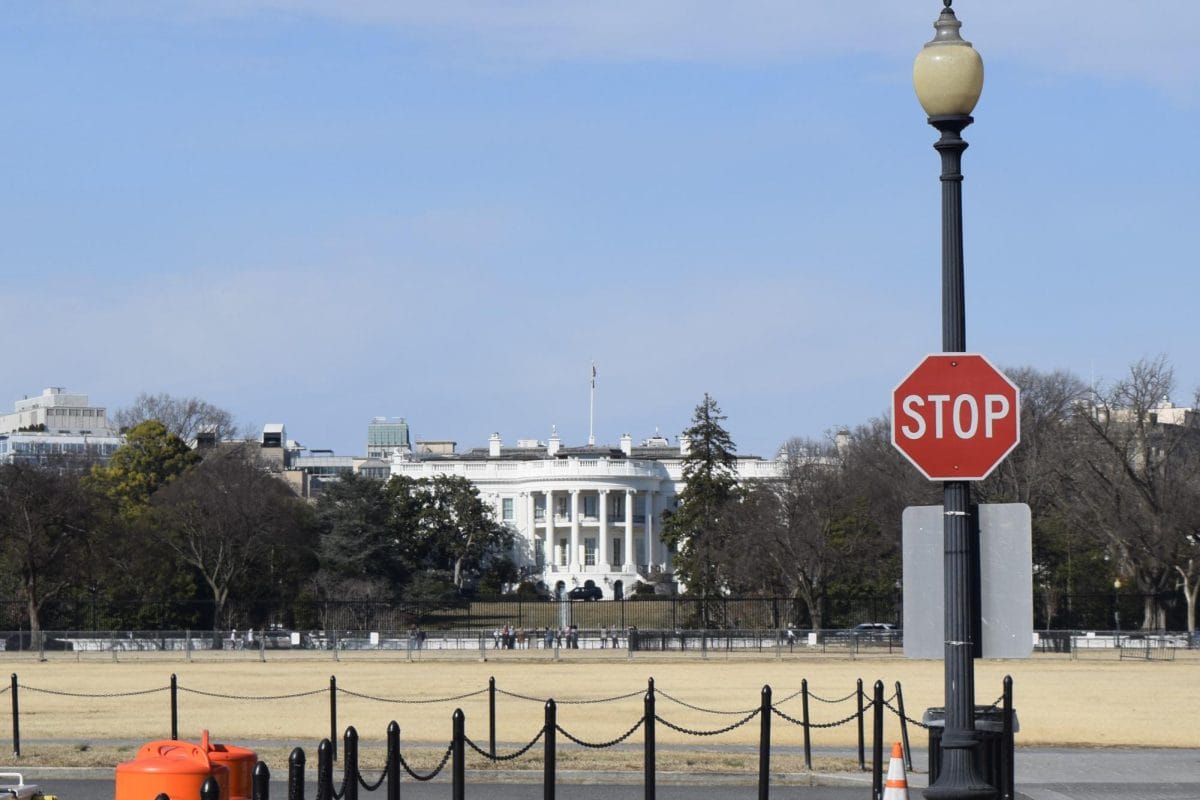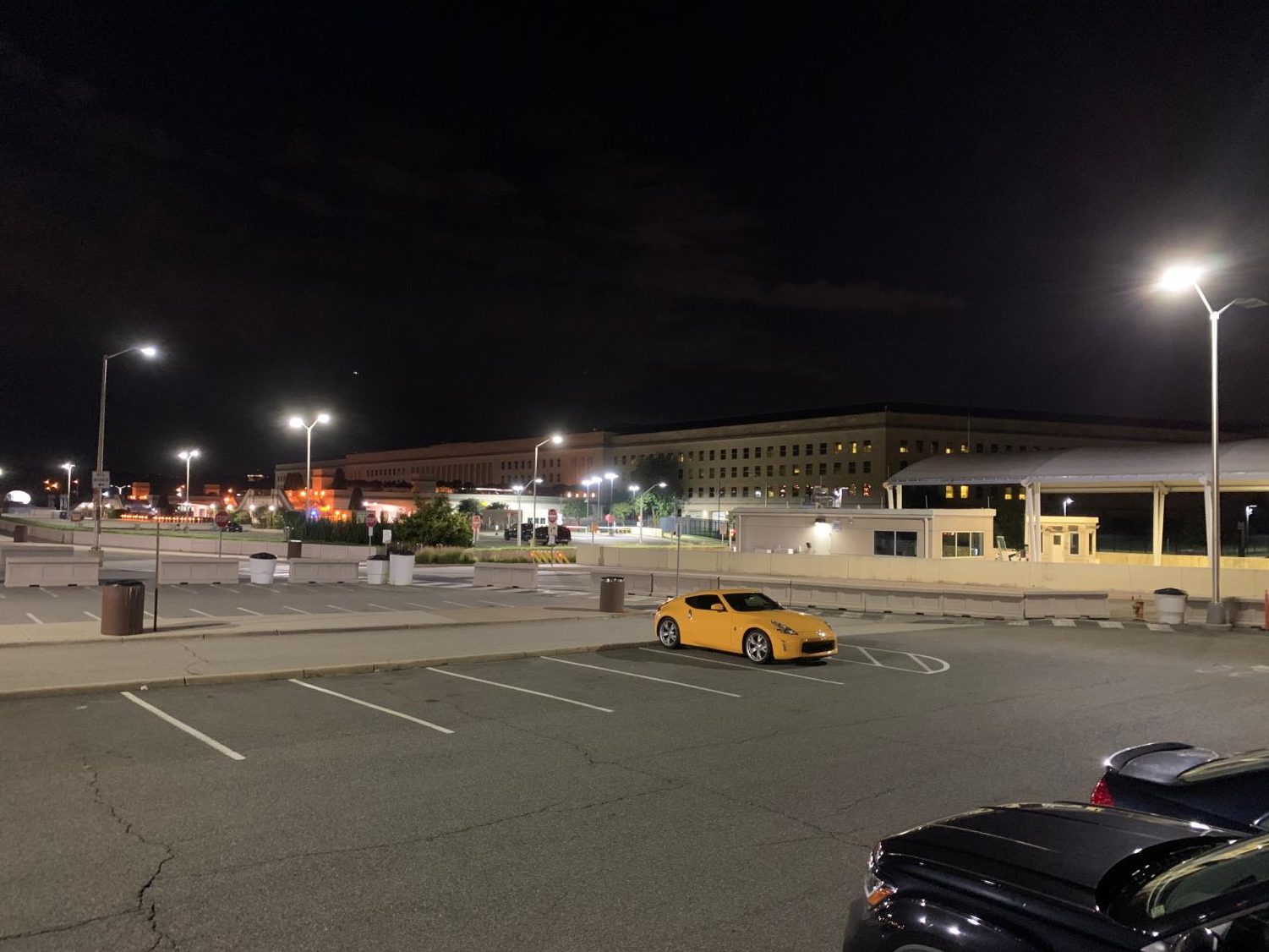As it entered the new millennium, America had a working formula for world domination: brute-force intervention on a global scale. The strategy had proven effective against the spread of communism and had driven Iraq out of Kuwait in the first Gulf War; Americans were justifiably self-assured in their military superiority. Then came the terrorist attacks on September 11, 2001.
In the days following the attacks, public will for retaliatory action soared, culminating in then-President George W. Bush’s announcement of a “War on Terror,” a phrase that quickly drew fire for its confusing and imprecise nature, but persisted until 2013. The wording itself is inappropriate and vulnerable to misuse, furthering the inhumane application of the ideology.
Similar to the War on Drugs or the War on Poverty, the idea of a War on Terror fundamentally misses the insidious and unique nature of the threat and instead prescribes action wholly unsuited to the situation. Presenting to the American public the nameless and faceless specter of terror sowed fear and mistrust among the public to the detriment of those seeking refuge from terrorism abroad. Instead of creating constructive and diplomacy-based solutions to the issue of terrorism, the US ensured that only methods backed by violence and xenophobia could be deemed suitable. Not only did this lead to massive amounts of Islamophobic sentiment, it also made the conflicts in the Middle East far worse than they could have been.
The blundering and idiotic action characteristic of the War on Terror is perhaps represented best by the rationale behind the war in Iraq. Despite no connection to the attacks on September 11, Bush and his cabinet decided to proceed with an invasion of the country on grounds that Iraq had access to devastating weaponry and stood as a legitimate threat to the United States. Certain government figures went so far as to suggest that Iraq was protecting Al-Qaeda, the perpetrators of the 9/11 attacks. Both of these justifications were deemed to be unequivocally incorrect by both US intelligence and the UN.
The second area of focus for the US military post-9/11 was Afghanistan, at the time controlled by the Taliban, a militaristic and extremist organization tied to an ideological offshoot of Islam. The Taliban were known to be harboring Osama bin Laden, the leader of Al-Qaeda, but requests for custody of bin Laden made by the Bush administration were summarily denied. This prompted a US-led military force to invade Afghanistan, removing the Taliban from power and occupying the country indefinitely. The biggest issue with the invasion of Afghanistan, similarly to that of Iraq, was that it did not set up for or build towards a peaceful resolution. Instead of exhausting diplomatic methods first, military action was seen as the only right path.
The lack of diplomatic strategy is immediately obvious when given just a few basic facts about the situation: in 2010, almost halfway through the war in Afghanistan, the State Department and International Affairs budget was projected to be about $50 billion. That same year, over $700 billion was spent on the military. Drone strikes were constantly funded and authorized, but the glaring weaknesses in Afghanistan’s institutions were almost entirely ignored.
The instability in the region was well known to US intelligence agencies — America did not engage in large-scale resource extraction operations in Afghanistan despite every incentive to do so; Afghanistan was simply not stable enough to support such a measure. The government knew of the widespread corruption within the Afghan Armed Forces (AAF), which led to phenomena like “ghost units” in which entire platoons of soldiers would be fabricated to pad officials’ wallets. Instead of fixing Afghanistan’s institutions, America inserted itself as the only bastion between the AAF and the Taliban, a bastion destined to crumble as soon as the war became too unpopular to maintain.
Opposition to the ongoing war in Afghanistan came to a head after the 2011 death of bin Laden, and former president Barack Obama announced an end to the combat operations in Afghanistan in 2014. Removal of military personnel from the region became a priority for both political parties in the 2016 presidential election, with Democratic candidate Hillary Clinton losing popularity due to a history of pro-war positions. At this point, a full withdrawal was essentially a foregone conclusion; there was an unchanging and overwhelming political will to pull out entirely.
As America tries its best to navigate the consequences of the Afghanistan withdrawal, many raise questions as to why the simple removal of troops must lead to so much suffering, why leaving the region is necessarily handing power back to the Taliban. The answer is simple: the result of 20 years of war and strife was predetermined by the first few months following the 9/11 attacks. Afghanistan’s political infrastructure was never built up, power never consolidated in the area. America did, in fact, try to wage a traditional war against terror, and in doing so it had already lost.







































